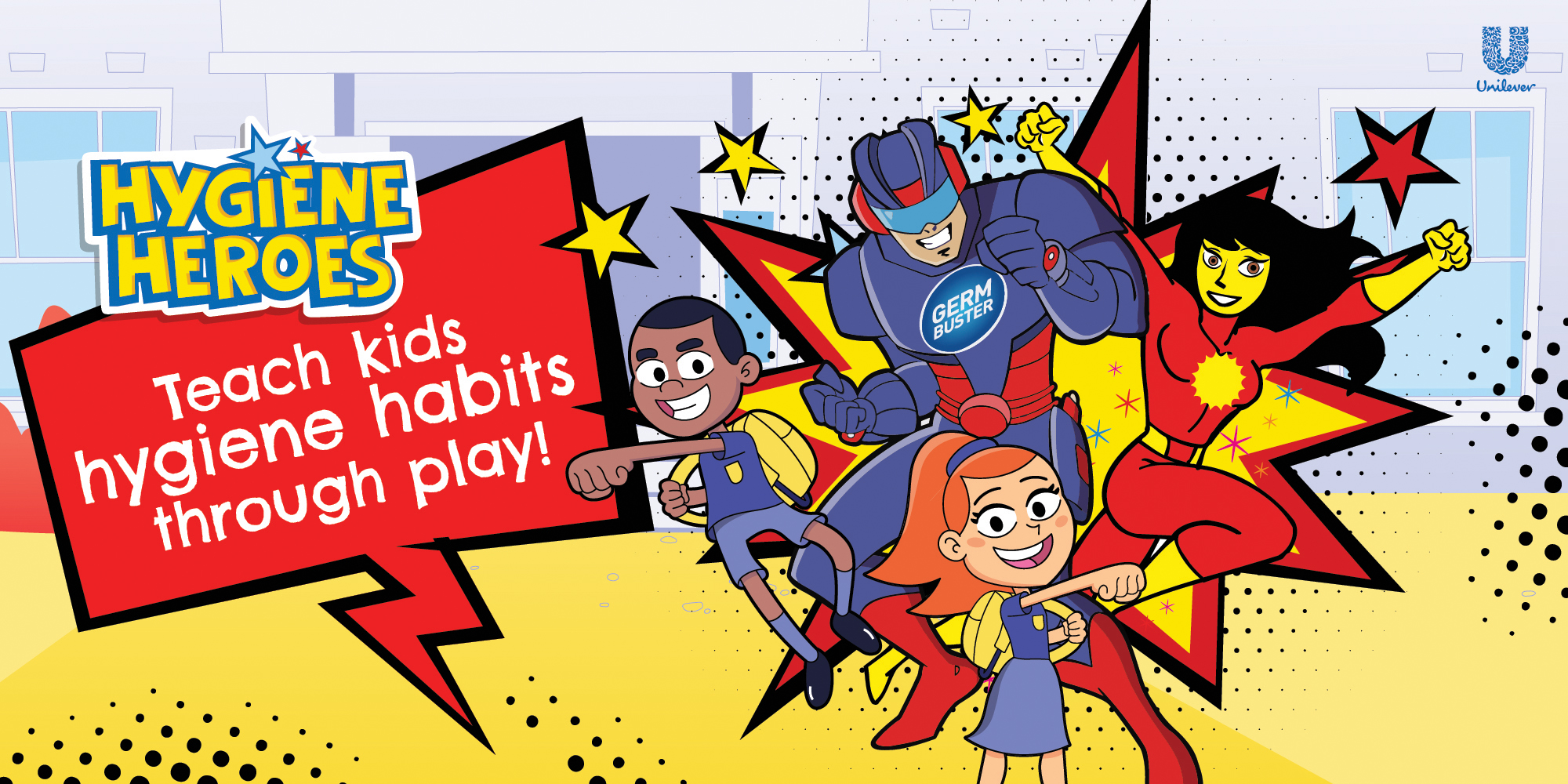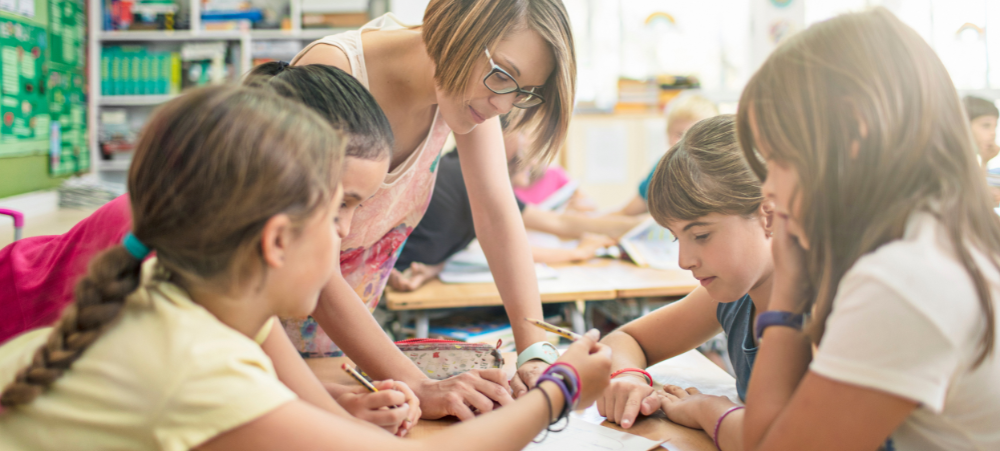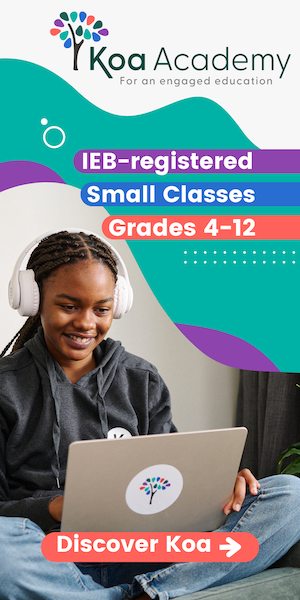
Preventing Electrical Burns
Young children can be burnt very quickly, and this often happens when an adult is present, so it is important to be alert. An electrical burn happens when a child touches or comes into contact with an electric current. The current passes through the child’s body and can damage organs and tissues. Damage can be mild or severe – and it can even cause death. Last year, the Red Cross War Memorial Children’s Hospital alone, treated 880 children for burns, the most common (733 children) was caused by hot liquids (such as hot water, drinks and food). A large number of the cases were treated for electrical burns. During the period between January and February in 2020 there were 5 cases treated for electrical burns. In 2021, this number has doubled to 10 cases. “Recently, we have been seeing far more electrical injuries than usual. This may be related to children spending more time at home due to the COVID-19 Pandemic. These injuries often involve the hands, resulting in severe injuries with permanent loss of function. Care givers need to remain vigilant at all times”, said Gary Dos Passos, Head of Burns Unit, Red Cross War Memorial Children’s Hospital. “Most burn injuries can be avoided. Most of the burns happen in the home, specifically the kitchen. A first step to preventing burns is to make sure that the home environment is safe. Children are not always able to know when something is dangerous, so parents can start by checking every room in the house for possible burn risks to children. Electric shocks from appliances and electrical outlets and cords can burn the skin and cause tissue and nerve damage”, said Yolande Baker, Executive Director of ChildSafe. Electricity can cause different types of skin burns, depending on which skin layers are affected. The terms doctors use to describe different types of burns are: Superficial – A superficial burn affects only the top layer of the skin. The skin is red, dry, and painful. When you press on the burn, it turns white. Partial-thickness – A partial-thickness burn affects the top 2 layers of the skin. The skin is red and can leak fluid or form blisters. Full-thickness – A full-thickness burn affects all the layers of the skin. The burn does not usually hurt, because the burned skin cannot feel anything. The skin can be white, grey, or black. Here are a few safety tips for parents and caregivers to keep all children safe from electrical burns. ALWAYS: Cover unused electrical outlets with safety covers. Unplug electrical cords that are not in use, keeping electrical cords, power plugs and electrical equipment away from children. Keep electrical appliances away from sinks and bathtubs. Turn off electrical equipment that is not being used. Teach children to stay away from electrical sub-stations, electrical wires ate ground level and electrical fencing. NEVER: Overload power points or run electrical wires under carpets. Use unsafe or illegal electrical connections. Allow children to play with power points or electrical equipment. Repair faulty plugs and frayed cords immediately. For more information on injury prevention, call ChildSafe at 021 685 5208 or please visit www.childsafe.org.za

































